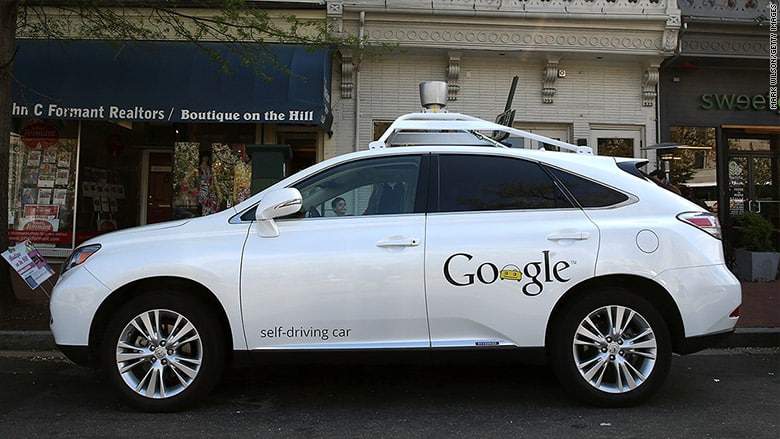What’s Next for Disruptive Tech?
(Editor’s Note: SugarCRM CEO Larry Augustin contributed to this blog post, which originally appeared on the Huffington Post)
Uber. Airbnb. Netflix. These brands are at the forefront of the disruptive tech we’ve seen emerge over the past few years. The way we consume media, book holidays, and order taxis and takeaways has changed beyond recognition. ‘Disruption’ has become the buzzword to describe the companies leading the charge for transforming how we use technology in our everyday lives. But then again, new technologies are introduced all the time, and they’re not necessarily disruptive. What really makes these brands disruptive is how they’ve changed the customer experience in ways that we didn’t even know we needed.
The common thread among disruptive brands—and why they’ve become such trailblazers for innovation—is the way they not only meet the basic needs of customers, but have had the vision to pre-empt ways to revolutionize their products and services to transform our lives. The mantra these disruptor brands live by is: Don’t deliver what the customer asks for; rather, deliver what he needs. As Henry Ford famously said, “If I had asked people what they wanted, they would have said faster horses.”
In other words, businesses today need to create change. Many “status quo” brands consistently tell their customers what features and functionalities they need in a solution. Disruptive brands do more than this. Of course they deliver what the customer needs from them, but they take this one step further by creating an experience for their customers which is unique and exciting. Essentially, disruptive brands reframe how the customer thinks about a problem, and then the answer maps back to their innovation. Try to think of booking a taxi without your mind wondering to the Uber app on your phone. Difficult isn’t it? The Uber brand has done what all businesses strive to do: it’s become synonymous with the industry it represents.
The idea of delivering what the customer needs versus what he says he wants—and using digital technology to create a unique customer experience—has led to some incredible stories of disruption. Take Netflix as an example. It started as a DVD-by-mail business in 1998, and, as technology caught up, it launched into streaming media and video-on-demand online.
By leveraging transformational digital technology and focusing squarely on the customer experience (i.e. making movie rentals easier and more convenient), Netflix displaced almost all of its competitors (the disrupted) in one fell swoop. More recently, Netflix again disrupted the television-watching experience. Understanding consumers’ affinity for binge-watching content, they now release entire seasons at one time.
Netflix is a simple example, but disruption is happening in every industry. Recently, my colleagues at SugarCRM visited a potential customer in Ireland. It was a long-time family business that makes uniforms—essentially, a garment manufacturer that makes uniforms for medical personnel and law enforcement. Even in this narrow business, the CEO is planning for disruption. The future of his industry is wearables: Connected clothing will change his business and he must keep up to meet his customers’ needs.
Arguably, the next frontier for digital disruption is the automotive industry. Google gets a lot of credit as a disrupter in this industry with its autonomous, self-driving car, and five years from now, we may even be able to buy one at a dealership. I’d argue that true disruption will only occur when Google or someone else completely changes the customer’s experience in the car—and I mean really change it so that it’s unrecognizable as compared with what it used to be.
What does this look like? Instead of everyone facing forward, maybe we now face each other. Maybe the back window becomes a television screen – or the car itself is a browser and its glass windows deliver an immersive Internet experience all around. Suddenly, the car is not just for shuttling passengers from point A to point B. It’s also a chance for passengers to be productive while stuck in traffic. In other words, the customer wants a car to get him from here to there, but the car manufacturers provide him with what he needs—additional time in his day to get through his to-do list. I know this is coming because there are companies already thinking about how to monetize the “new” automotive experience.
